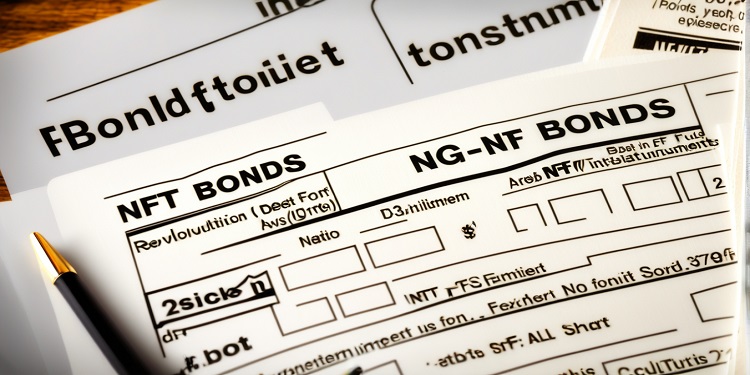Chainlink has announced a strategic partnership with Fidelity International and Sygnum to integrate Net Asset Value (NAV) data onto blockchain platforms, marking a significant milestone in asset tokenization. This collaboration aims to improve transparency and accessibility for Sygnum’s recent on-chain issuance of Fidelity International’s USD 6.9 billion Institutional Liquidity Fund. Sygnum, a digital asset banking group, has tokenized USD 50 million from Matter Labs’ corporate treasury reserves, which were originally held in Fidelity International’s money market fund. This tokenization is being facilitated using the ZKsync blockchain as part of Chainlink’s SCALE program.
Enhancing Transparency and Security with Chainlink’s Technology
NAV data is a vital component of the traditional fund industry, and with Chainlink’s technology, this data can now be accurately and securely reported and synchronized on-chain. This integration offers real-time transparency and historical data access to Sygnum, its clients, and the broader market. Chainlink’s platform supports a chain-agnostic approach for distributing NAV data, ensuring its secure propagation across various blockchains and existing off-chain systems. Beyond data delivery, the Chainlink Network extends its capabilities to provide cross-chain interoperability and dynamic synchronization, enabling programmable assets to remain updated across diverse environments.
Meeting the Demand for On-Chain Asset Delivery
The collaboration is a response to the growing demand among blockchain-native companies for on-chain asset delivery and NAV data from established fund managers like Fidelity International. Chainlink’s technology ensures the accurate and secure reporting and updating of NAV data across both public and private blockchains. This partnership signifies the convergence of traditional finance with blockchain innovation, demonstrating the transformative potential of integrating institutional assets onto decentralized platforms.
Navigating the Regulatory Landscape
The regulatory landscape surrounding digital assets and tokenization is dynamic and continues to evolve globally. Traditional financial institutions, including Fidelity International, are increasingly navigating this landscape to leverage blockchain technology while adhering to regulatory requirements. Collaborations with blockchain firms like Chainlink and Sygnum are crucial in this regard, as they strive to develop compliant solutions that meet regulatory standards.
Global Regulatory Challenges and Opportunities
Governments and regulatory bodies worldwide are grappling with how to regulate digital assets, which encompass a wide range of tokenized securities, cryptocurrencies, and other blockchain-based financial instruments. Key concerns include investor protection, anti-money laundering (AML) compliance, market stability, and ensuring fair and transparent markets. The involvement of reputable institutions like Fidelity International in blockchain initiatives is a positive step towards achieving regulatory compliance and fostering trust in digital asset markets.
The Future of Institutional Asset Tokenization
The partnership between Chainlink, Fidelity International, and Sygnum represents a forward-thinking approach to integrating traditional finance with blockchain technology. By tokenizing assets and incorporating NAV data onto blockchain platforms, these institutions are paving the way for a more transparent, secure, and accessible financial ecosystem. The collaboration not only enhances the efficiency of asset management but also opens up new opportunities for blockchain-native firms and investors to engage with tokenized financial instruments.
Conclusion: A New Era of Financial Innovation
As the regulatory environment continues to adapt to the rapidly evolving digital asset landscape, partnerships like this highlight the importance of innovation and compliance. The integration of NAV data onto blockchain platforms through Chainlink’s technology is a testament to the potential of decentralized finance to transform traditional financial systems. By bridging the gap between traditional finance and blockchain technology, this collaboration sets a precedent for future advancements in the tokenization of institutional assets, ultimately contributing to a more robust and inclusive financial ecosystem.









